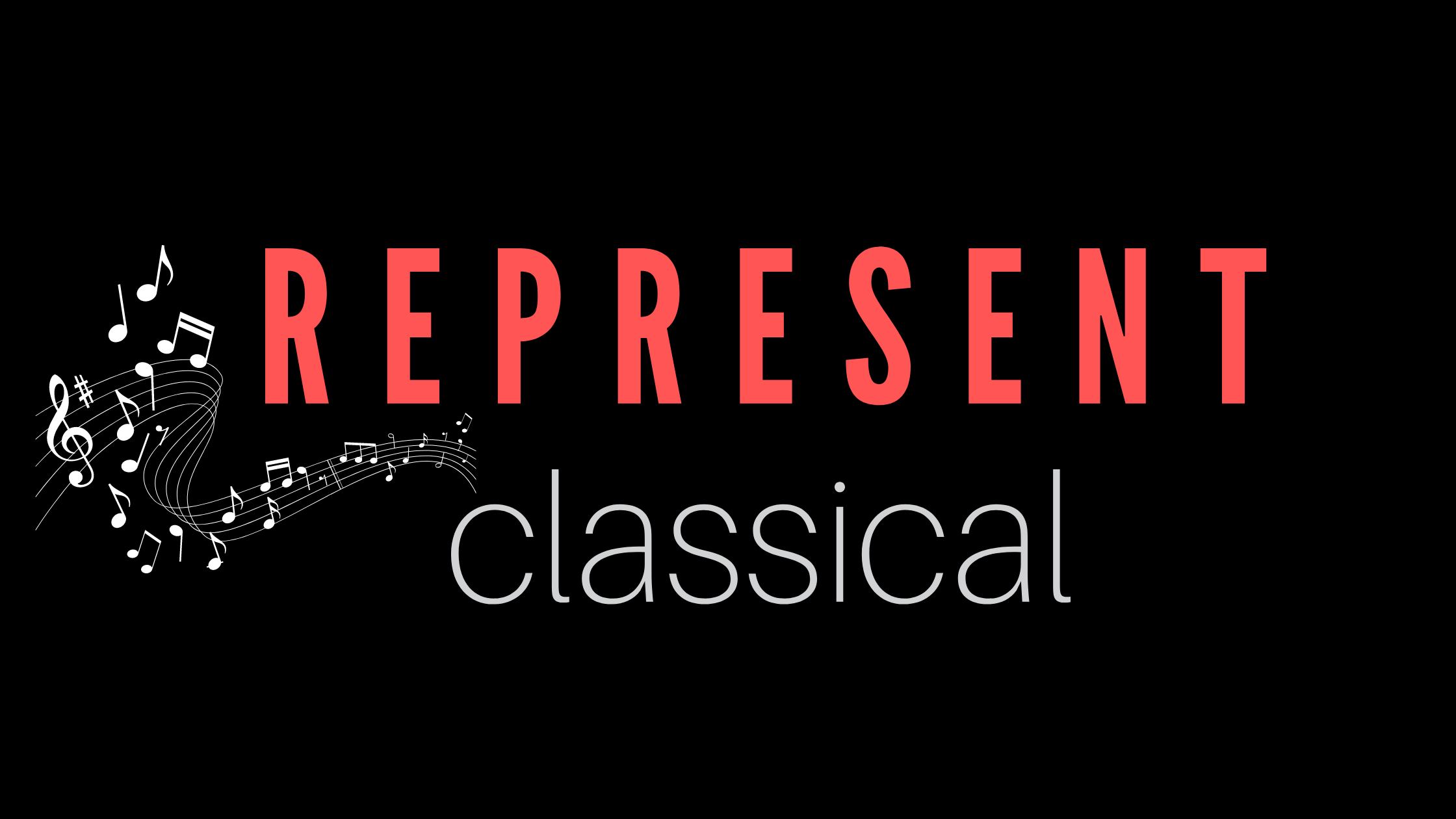The new “2022 Orchestra Repertoire Report” says that over the last several years there’s been an increase in how often American orchestras perform works by composers of color, women composers, and living composers. The report also examined programming trends dating back from 2015 to the current season.
The study was produced by SUNY Fredonia’s Institute for Composer Diversity, in partnership with the League of American Orchestras, with support from the Sphinx Organization’s Venture Fund. Data for the study was gathered from season announcements and the websites of medium and larger budget orchestras.
Read More


